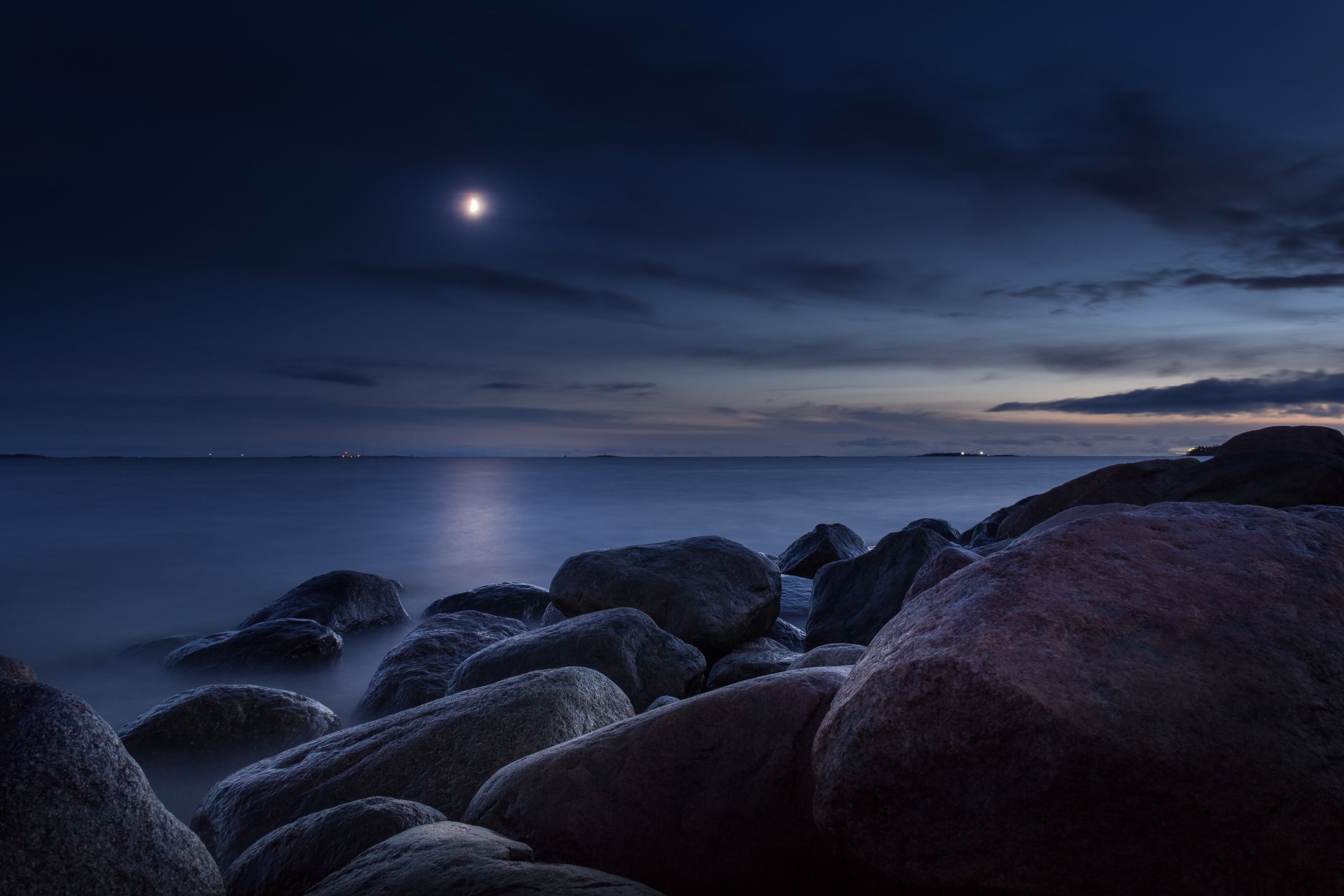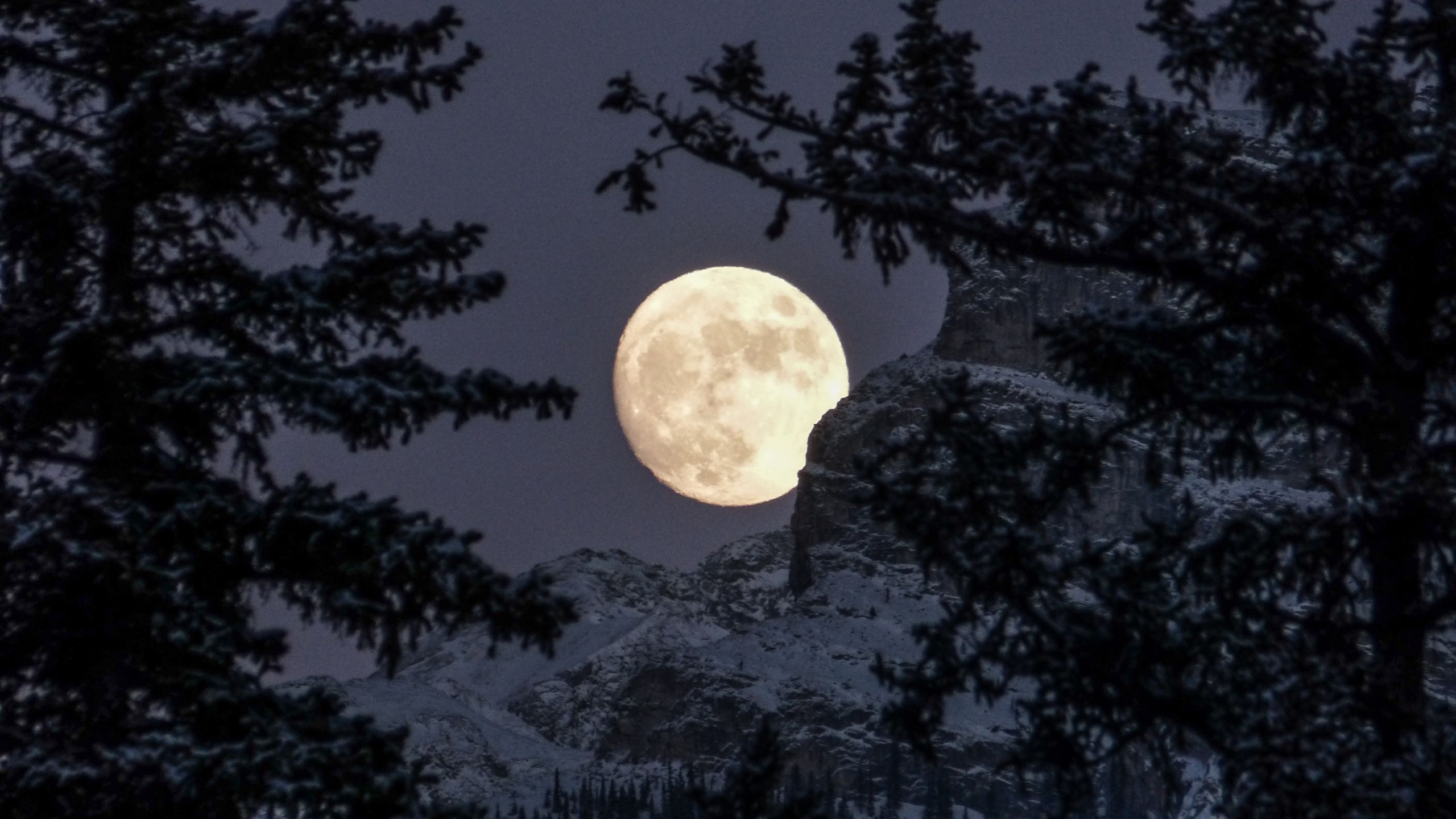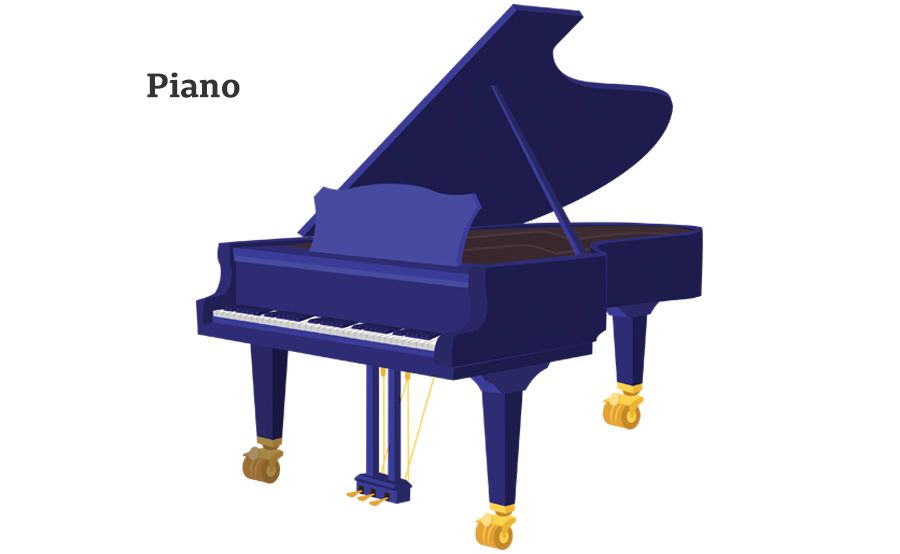Proms at ±«Óătv
Beethovenâs âMoonlightâ Sonata

Welcome to Proms at ±«Óătv!
Open your ears, unlock your imagination and enjoy the musical ride!
In our final Proms at ±«Óătv adventure the piano takes centre stage as we explore the beautiful âMoonlightâ Sonata by Ludwig van Beethoven.
About the piece
A sonata is a piece of music usually written for one or two instruments. The composer Ludwig van Beethoven wrote lots of them and, in 1801, he finished his 14th sonata for the piano. Years later, after hearing that sonata, one writer said that some of the music reminded him of moonlight sparkling on the water of Lake Lucerne in Switzerland.
So before long everyone began to call this piece the âMoonlightâ Sonata. Poor old Beethoven couldnât disagree because heâd died a few years earlier.
Beethoven was born in 1770, and so this year is the 250th anniversary of his birth! Throughout his life he would sit at his piano, composing exciting, wild and elegant music. Often old food and dirty washing would start piling up everywhere around him. When Beethoven was concentrating on making his music, nothing else mattered.
When you listen to the delicate, unfolding melody (or tune) in Beethovenâs âMoonlightâ Sonata, you too may imagine the light of the moon shining on the waves of a lake.
But you might also imagine something very different.
The most important thing to remember when we listen to music is that there are no wrong or right answers. The same piece of music will make each one of us feel and imagine different things.
Thatâs what makes music so incredible. And Beethoven would definitely have agreed with that!
So see where your imagination takes you, as you watch and listen to this clip of the brilliant pianist Mitsuko Uchida performing the opening of the âMoonlightâ Sonata at this yearâs Proms:
(Images: Joakim Honkasalo/Kym Mackinnon)


Listen Out ...

The speed (or tempo) of Beethovenâs sonata is slow and gentle. What words would you use to describe how it makes you feel?
You may have seen people playing a group of notes at the same time on the piano to make a âchordâ. The âMoonlightâ Sonata is full of âarpeggiosâ, which are chords broken up into their individual notes and spread out. The sound of the repeating arpeggios creates a soothing, calming feeling.
Can you spot Mitsuko playing those arpeggios with her right hand?
Where Next?

- If youâre in the mood for some music that will take you far beyond the moon and into other worlds (perhaps even outer space?), then have a listen to the fantastic Sinfonia (for Orbiting Spheres) by Missy Mazzoli.
You can watch a clip here of Missy Mazzoliâs piece being played by the amazing ±«Óătv Symphony Orchestra, conducted by Karina Canellakis, at the Proms in 2017:
- If youâd like to hear more music written for solo instruments, why not explore some of the wonderful pieces Johann Sebastian Bach wrote for the cello?
In this clip you can watch the cellist Yo-Yo Ma perform the Prelude from Bachâs sparkling Cello Suite No. 1 at the Proms in 2015:
- You can find out more about Bach and continue your musical adventures with lots of other amazing composers at the ±«Óătvâs Ten Pieces website.
Your Turn

- This is your chance to change history! Imagine Beethoven sat you down in 1801 and played you his âMoonlightâ Sonata.
Think about how the music made you feel and the ideas it gave you. What title would you have given Beethovenâs sonata? - Draw a picture of where your imagination takes you to or what you might feel while listening to Mitsuko Uchida perform the âMoonlightâ Sonata.
In Ruth Montgomery from Handprint Theatre will give you some help!
Proms at ±«Óătv notes by Andrew McCaldon
For more activities throughout the summer, visit the Proms at ±«Óătv website.

